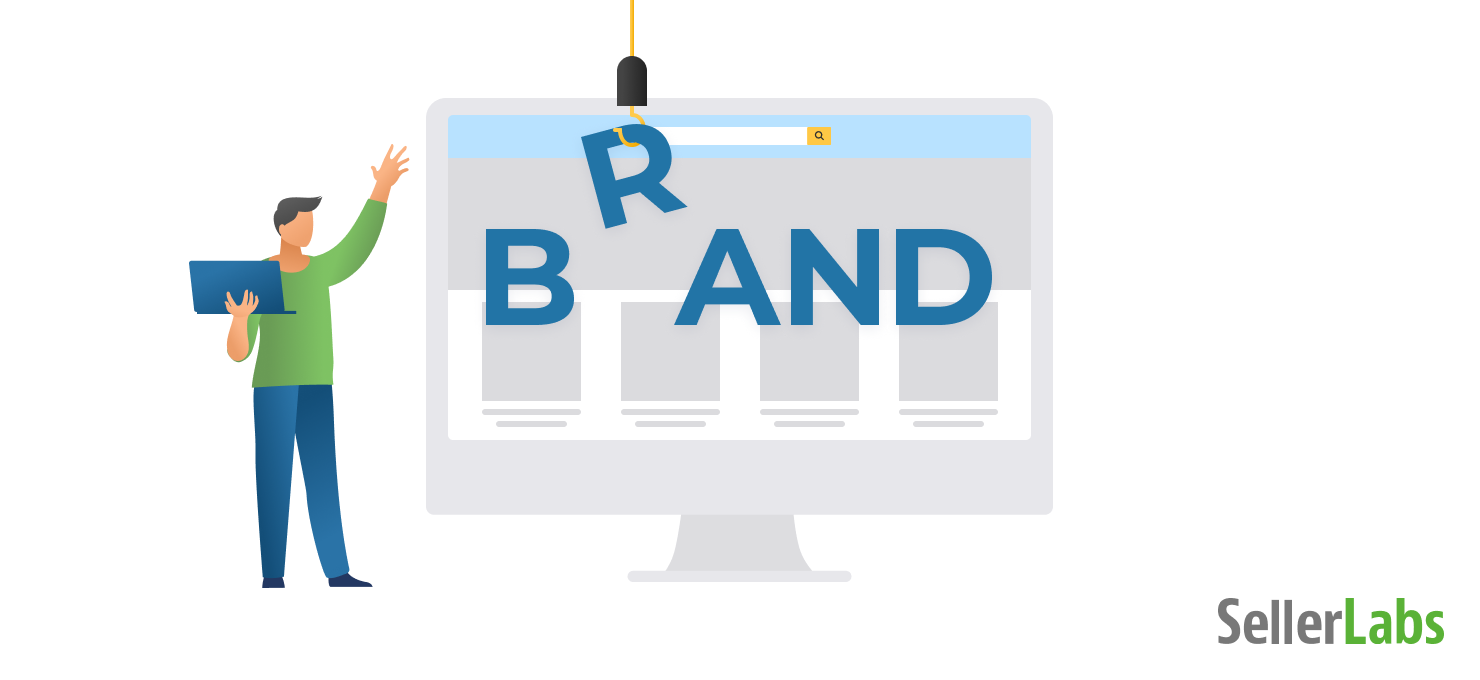Build an eCommerce Brand in 5 Simple Steps

This day and age, anyone can sell something on the internet. There are inexpensive courses that will teach you how to “flip” clearance items, or how to create your own product. It seems as though everyone and their brother (or sister) has an eCommerce store. However, how many of them have an actual eCommerce brand?
You might find yourself saying, “I sell online. Doesn’t that make me an eCommerce brand?” The honest answer is no. You may be an eCommerce business, but that doesn’t make you a brand.
We’re going to take it back to basics and go over some of the different ways you can sell online and how you might be defined in the overall industry:
- Arbitrage: You scour store shelves or online sales to find products you can purchase and then “flip” for a profit. NOT an eCommerce brand.
- Wholesale: You have an exclusive or semi-exclusive relationship with a manufacturer to sell their products. NOT an eCommerce brand, though you are helping to represent their brand in the eCommerce space.
- Private Label: You have sourced and/or invented your own product, attached to your own brand name. DEFINITELY an eCommerce brand.
There is nothing wrong with any of these different business models. In fact, our team at Seller Labs knows quite a few who have done them all, especially to learn about the eCommerce industry as a whole. You may start in arbitrage to grow your capital, find a relationship with a manufacturer and brand, and then decide it’s time to create your own brand.
We also find that those sellers who are doing arbitrage (most commonly) or wholesale can be intimidated by the amount of effort it takes to create a true eCommerce brand. There’s no need to be intimidated! In fact, you can start a brand of your own in just five simple steps.
1. Figure out your why.
This is most likely the most time-consuming step of creating and building your eCommerce brand. The brands that are the most successful know their why.
- Why do you want to start this brand or business?
- How will you connect with your target audience?
- Is your brand something personal to you or something you’re passionate about?
Write down everything you can come up with! Keep writing until you run out of reasons. Then, look for a core or commonality amongst all of what you said. This becomes your affirmation which can then evolve into a mission statement or tagline.
For example:
- Disneyland: “The happiest place on earth.”
- CapitalOne: “What’s in your wallet?”
- Walmart: “Save money. Live better.”
- State Farm: “Like a good neighbor, State Farm is there.”
2. Make a mood or inspiration board.
Yes, this sounds a little “out there” for someone working to build a brand and a business, but it will pay off in the long run. You can create this board physically or even online!
Start gathering things that inspire you and the brand that you want to become. Are there quotes? What about a color scheme? Pull in taglines of similar companies or their coloring. Grab details from your aspirational competitors. This will all come together to help you (or another professional) design your brand aesthetic.
This aesthetic should cover everything from fonts to colors to product wrapping. If it is something that will be seen by your customers, brand it. Be consistent in all that you do.
A customer could come to you from anywhere, and they should see similar visuals every location they interact with you. If someone moves from social to a webpage to a purchase, they should be able to see your brand in every step of the way, which includes the moment the item arrives on their doorstep.
Beyond aesthetics, this should also include the words or phrases you want to use. Will you have “customers,” “buyers,” or “clients”? Will email communication include emojis? How about social media? One of the easiest ones to start with is eCommerce. Just think of all of the different versions: eCommerce, Ecommerce, e-commerce, E-Commerce…the list goes on. Just be consistent in whatever you choose.
3. Develop your personas.
It’s likely that you’ve been subconsciously developing your brand personas as you’ve gone through these first two steps of the brand development process. You see your customer in your head and how they may interact with your item or your website. However, now is the time to dig deeper.
How old is your target market? Is it primarily male or female? Do these people work in corporate America or freelance? When it comes to developing your personas, no detail is too small.
You’ll have a few personas too! Chances are they will develop and change over time as well. As your brand evolves, you may acquire new personas, finding that what you thought was your target customer doesn’t relate with your brand. Perhaps it was a female-oriented product line, and you’ve expanded to offer more unisex or male-oriented items.
For more about developing your brand personas, check out this article from the team at X-Cart.
4. Write it down.
Up to this point, you’ve done a lot of brainstorming. However, now is the time to start building your brand book or brand guide. This will serve as a resource for each and every person in your company. There should be no question from the social media team about what HEX code to use in an image, or from your customer service department on your tone of voice when working with customers.
Keep this document readily available for anyone and everyone in the company. It isn’t just for a marketing team or the sales team. Keeping the company up-to-date on your brand will help with company culture and keep everyone aligned on who you are and how you identify in the market.
5. Execute and adapt.
Go put your brand into practice! Buy your packaging. Send some emails. Post on social media sites. Whatever you do, get your name out there. We have even seen many brands use a rebrand to build up hype to a business. Treat it as a big reveal. You’ve worked hard to develop this brand and these personas, so tap into the market.
However, understand that you’ll need to adapt your brand along the way. As you diversify your product offering or the market changes, be ready and open to change. Even beyond the market, social or political changes may occur, warranting a pivot of direction.
You’ll notice that these steps had absolutely nothing to do with choosing a product or service to offer. That’s because a brand is often so much more than the product or service itself. There are people who are such die-hard Apple fans that they would purchase a sneaker if the company suddenly developed them. That is the kind of brand you want to strive for.
Interested in conveying your brand on Amazon through A+ Content, Storefronts, and improved product images? Our Managed Services team can help!

Caroline is an Event Manager, Partner Specialist,and Marketing Expert at DISQO. When she's not offering excellent customer support she's doing pirouettes and cheering on the UGA Bulldogs.






